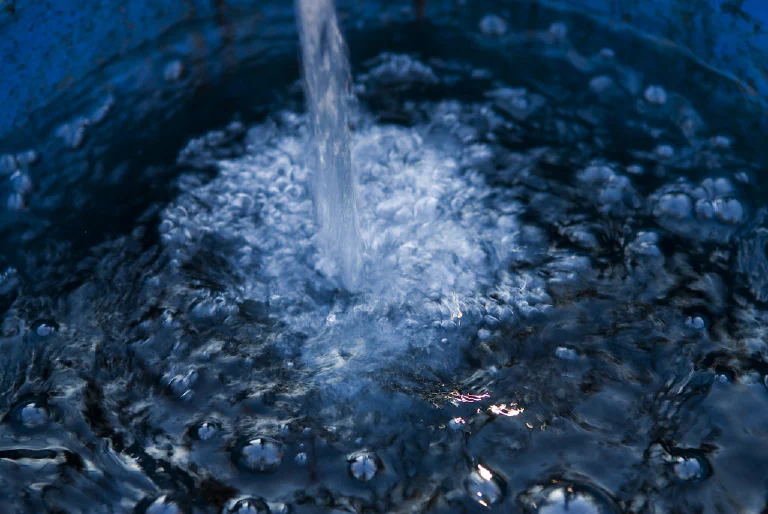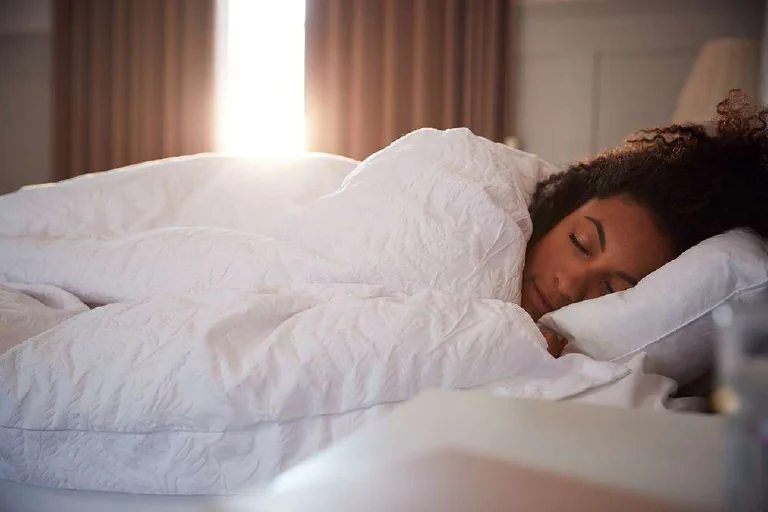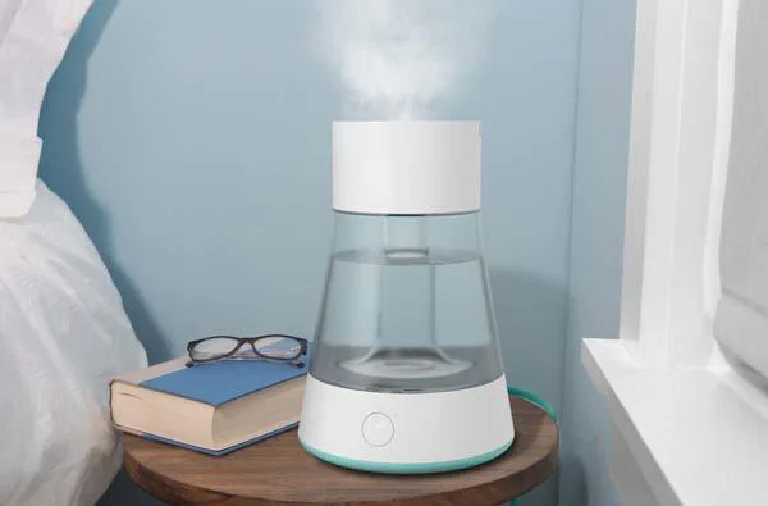I’ll never forget the first winter in our new home. The heating system worked beautifully, keeping us warm and cozy, but it came with a side effect I hadn’t anticipated. Every morning, I’d wake up with a scratchy throat, dry sinuses, and skin that felt a size too small. My toddler was constantly stuffy, and the beautiful hardwood floors started developing tiny gaps. I quickly realized our wonderfully warm home had the atmospheric humidity of a desert.
That’s when my journey into the world of humidifiers began. What I thought would be a simple purchase turned into a deep dive into a surprisingly complex world of ultrasonic vibrations, evaporative wicks, and steam vaporizers. After years of testing different types in every room of my house, I’ve learned that choosing the right humidifier isn’t just about combating winter dryness; it’s about taking active control over your home’s environment to improve your family’s health, protect your home itself, and create a more comfortable space year-round.
This guide is the culmination of that experience. I’m going to walk you through the different technologies, help you avoid the common mistakes I made, and share my personal picks for the best humidifiers you can buy in 2025.

Why a Humidifier is More Than Just a Winter Comfort Item
While we most often think of humidifiers during the winter when our heaters are running full blast, the benefits of maintaining an optimal indoor humidity level (ideally between 40% and 60%) are a year-round affair.

Dry air, which can also be a problem in arid climates or with year-round air conditioning, acts like a sponge, pulling moisture from wherever it can find it—your skin, your sinuses, and even the wood in your home. My research and experience have shown that a good humidifier can:
- Soothe Dry Sinuses and Throats: This can lead to less congestion, reduced snoring, and relief from allergy and asthma symptoms.
- Hydrate Skin and Hair: It helps prevent the dryness, itchiness, and chapped lips that are so common in arid environments.
- Protect Your Home: Proper humidity prevents wood floors, furniture, and musical instruments from drying out and cracking.
- Reduce the Spread of Viruses: Some studies suggest that airborne viruses, including the flu, don’t travel as well in properly humidified air.
Decoding the Tech: The Three Faces of Humidification
This is where most people get stuck. There are three main technologies on the market, each with a distinct personality and its own set of strengths and weaknesses.
1. The Silent Artist: Ultrasonic Humidifiers
This is the most popular type of humidifier you’ll find today, and for good reason. It uses a small, metal diaphragm that vibrates at an ultrasonic frequency (faster than human hearing), which breaks down water into an incredibly fine, cool mist that you can see.
What I love about ultrasonic models is their near-silent operation. This makes them the undisputed champions for bedrooms and nurseries. There’s no fan, just a faint, almost imperceptible hum. They are also highly effective at quickly raising a room’s humidity.
However, they come with a critical caveat I learned the hard way: the “white dust” problem. Because they nebulize everything in the water, if you use hard tap water, they will also disperse fine mineral dust all over your room. This white powder can settle on furniture and, more concerningly, be inhaled. For this reason, I strongly recommend you only use distilled or demineralized water in an ultrasonic humidifier. This adds a small ongoing cost and effort, but it’s essential for clean air and a clean home.
2. The Workhorse Purist: Evaporative Humidifiers
The evaporative humidifier is the old-school, tried-and-true workhorse. It uses a fan to blow dry air through a wet, absorbent wick filter. The air picks up moisture as it passes through and is then released into the room.
The genius of this method is that it’s self-regulating and clean. Water evaporates, but minerals do not. All the hard water minerals and impurities are left behind in the wick filter, so there is no white dust. The air that comes out is clean, invisible moisture. For this reason, many allergy sufferers prefer evaporative models. They are also incredibly energy-efficient.
The trade-offs? They are not silent; you will hear the fan running, which can range from a gentle white noise to a noticeable hum on higher settings. The biggest ongoing task is maintaining the wick filter. It needs to be flipped regularly to dry out and prevent mold, and it must be replaced every 1-3 months, which is an ongoing cost.
3. The Soothing Sanitizer: Warm Mist Humidifiers (Vaporizers)
A warm mist humidifier is essentially a small, safe version of a boiling kettle. It uses a heating element to boil water, creating a warm, soothing steam that is released into the air.
The primary advantage here is hygiene. The boiling process kills any waterborne bacteria, mold, or germs, ensuring the mist that comes out is pure and sterilized. This makes it a fantastic choice during cold and flu season, as the warm moisture can be particularly comforting for a cough or congested chest. Many models also have a small cup for essential oil pads, allowing them to double as an aromatherapy diffuser.
The downside is safety and energy use. They consume more electricity than the other types, and because they contain a heating element and hot water, they require extra care and should be placed out of reach of children and pets.
The Traps I Fell Into: Common Humidifier Mistakes to Avoid
- Using Tap Water in an Ultrasonic: I did this for the first week and spent the next day dusting a fine layer of white powder off every surface in my bedroom. Learn from my mistake: buy the distilled water. It’s worth it.
- Neglecting the Cleaning Schedule: A dirty humidifier is worse than no humidifier at all. A stagnant water tank is a breeding ground for mold and bacteria, which the machine will then happily pump into your air. I now have a weekly routine: a quick rinse and wipe with vinegar for all my units. It’s a non-negotiable part of owning one and a key to following the advice in our Guide to Maximizing Home Appliance Longevity.
- Wrong Placement: I initially put my humidifier on the floor in a corner. The result? A damp patch of carpet and uneven humidity. You need to place your humidifier on a flat, water-resistant surface at least a few feet off the ground to allow the mist to circulate properly.
My Top Humidifier Picks for a Healthier Home in 2025
The Best for Bedrooms: Levoit Classic 300S Ultrasonic Smart Humidifier
After trying several bedroom models, the Levoit Classic 300S is the one I’ve settled on for my own home. It strikes the perfect balance of features, performance, and convenience. Its ultrasonic operation is whisper-quiet, and its 6-liter tank can run for up to 60 hours on the lowest setting, meaning I’m not constantly refilling it.
What sets it apart for me is the “smart” functionality. Through its app, I can set a target humidity level, and the built-in humidistat will automatically turn the machine on and off to maintain that perfect level. No more waking up to damp, condensed windows. It’s a “set it and forget it” device that just works. You can find it on Amazon or directly from the Levoit website for around $70-$80, which I find to be an excellent value for a smart model.
The Best for Large, Open Spaces: Vornado EVDC300 Evaporative Humidifier
For my open-plan living room and kitchen, an ultrasonic model just couldn’t keep up. The Vornado EVDC300 is a different beast entirely. It’s a powerful evaporative humidifier that uses Vornado’s signature vortex circulation to evenly humidify a space up to 600 sq. ft.
It’s not silent, but the sound is a consistent, low hum. What I appreciate most is its efficiency and intelligence. The DC motor is incredibly energy-efficient, and the built-in humidistat is very accurate. It’s a simple, powerful, and effective machine for large areas, and because it’s evaporative, I can use regular tap water without worrying about white dust. It’s a more significant investment, usually around $130, but for large spaces, its performance is unmatched. You can find it at retailers like Best Buy or online. For deep technical dives on air quality products, I always trust the testing at Wirecutter.
TOP 5 Best Humidifiers 2025

Answering Your Top Questions (FAQ)
Q: What is the ideal humidity level for a home? A: Most experts, including the EPA, recommend keeping indoor humidity between 30% and 50%. Below 30% can cause dryness and irritation, while above 50% can promote mold growth. A simple, inexpensive device called a hygrometer can help you monitor this.
Q: Can a humidifier make me or my family sick? A: A dirty humidifier certainly can. If you don’t clean it regularly, it can disperse mold and bacteria into the air. However, a clean humidifier improves air quality and can help soothe respiratory passages, potentially reducing the severity of colds.
Q: Which type is best for allergies or asthma? A: Many people with allergies prefer evaporative humidifiers because they do not produce white mineral dust and the wick acts as an additional filter for the water. However, a clean warm mist humidifier can also be beneficial as the warm steam is soothing. The most important factor is keeping whichever unit you choose impeccably clean.
The Final Breath: Finding Your Perfect Indoor Climate
My journey taught me that a humidifier is a surprisingly personal appliance. The right choice depends entirely on your space, your lifestyle, and your willingness to perform a little bit of maintenance.
The silent, efficient ultrasonic models are perfect for bedrooms, provided you commit to using distilled water. The powerful, clean evaporative models are the workhorses for large, open areas. And the hygienic warm mist models are a comforting ally during the sick season.
My final piece of advice is this: start by identifying the primary problem you want to solve—be it a dry bedroom, a stuffy nursery, or a vast living room. Choose the technology best suited for that task, and commit to the cleaning routine. The reward will be a home that doesn’t just feel more comfortable, but is a genuinely healthier place to breathe.
